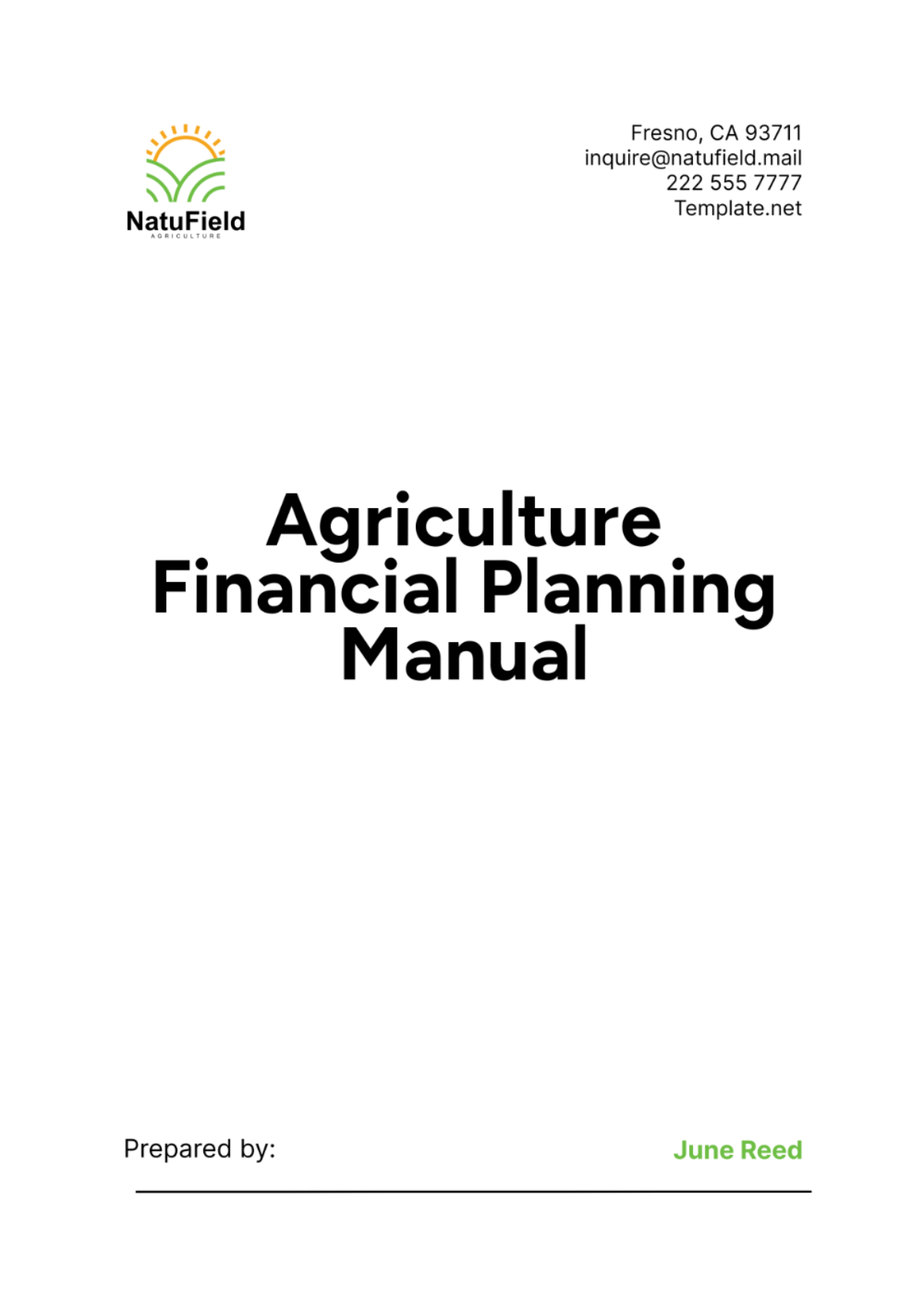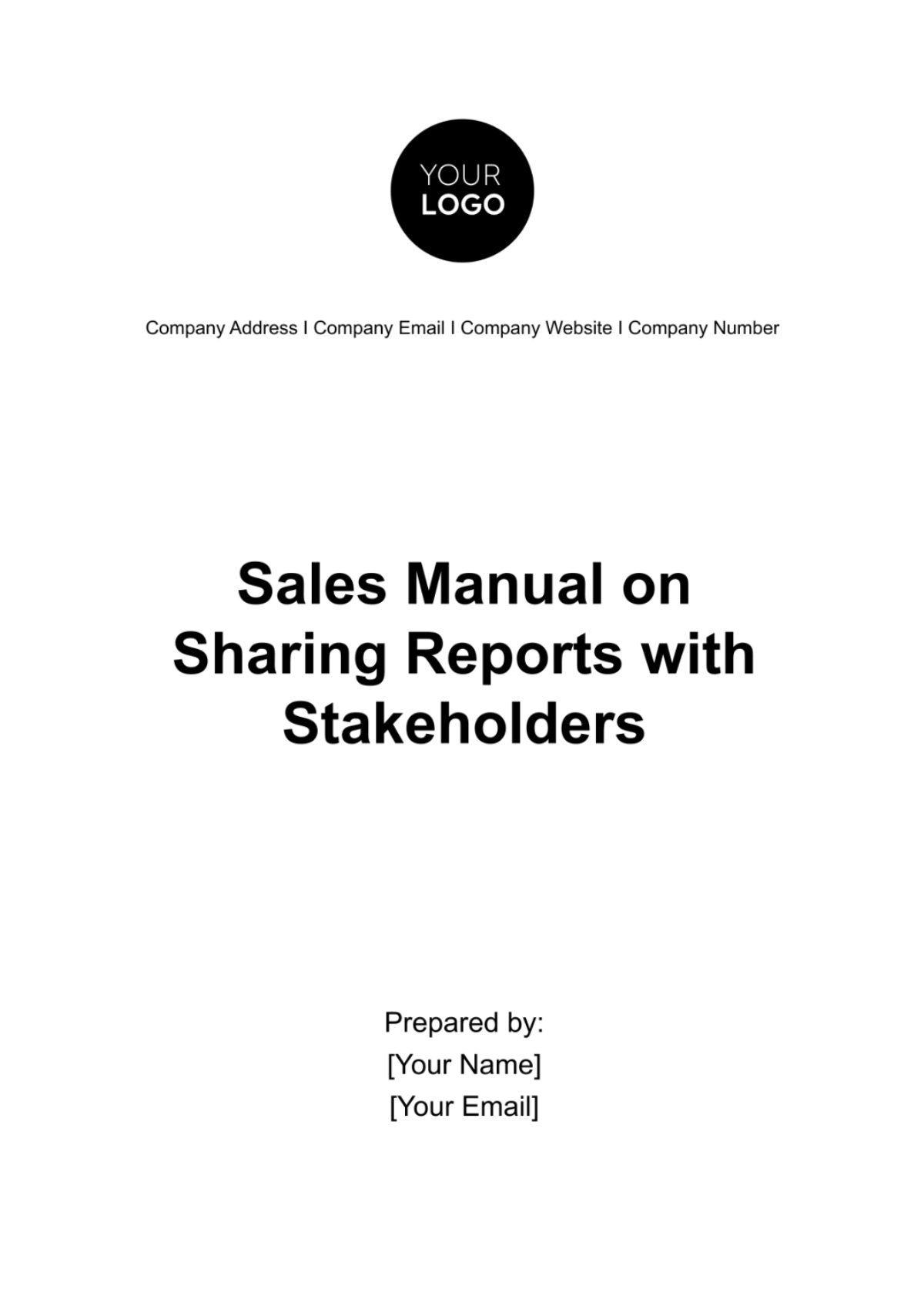Sales Manual on Coordinating Trade Show Shipments and Deliveries
I. Introduction
Welcome to our Sales Manual on Coordinating Trade Show Shipments and Deliveries. This guide is designed to streamline the process of organizing and managing the logistics of trade show materials, ensuring that everything needed for a successful event is delivered safely, on time, and within budget. Efficient logistics coordination is vital to the smooth execution of trade shows, impacting the overall presentation and effectiveness of our sales efforts. Through this manual, we aim to provide our teams with the knowledge and tools necessary to execute flawless trade show preparations and follow-ups.
II. Planning and Preparation
A. Pre-Event Checklist
A comprehensive pre-event checklist is crucial for ensuring that all necessary items are accounted for and shipped to the trade show venue. This step prevents last-minute scrambles and ensures a polished and prepared presence. Common inventory items to be shipped include:
Product samples and display units
Promotional materials (brochures, flyers, business cards)
Stand or booth components (banners, signage, tablecloths)
Audio-visual equipment (screens, projectors, sound systems)
Office supplies (pens, notepads, staplers)
Custom items or giveaways (branded merchandise)
B. Timeline for Shipment
Creating a detailed timeline for shipments is essential to guarantee that all materials arrive on time. Considerations should include:
Verify the trade show's receiving dates and hours.
Schedule shipments to arrive several days before the event to account for any delays.
Allow time for on-site assembly or setup upon arrival of shipments.
Determine the cut-off date for shipping materials back after the event concludes.
III. Selecting a Shipping Method
A. Types of Shipping Services
Choosing the right shipping service is critical for ensuring that materials arrive on time and in good condition. The following table outlines various shipping services and what they are best suited for:
Type | Best For |
Standard Ground | Less time-sensitive materials, cost-effective |
Expedited | Last-minute shipments, quick delivery needed |
Specialty | High-value or oversized items, requires special handling |
B. Criteria for Selecting Shipping Service
Selecting the most appropriate shipping service involves considering several factors to ensure reliability, cost-efficiency, and timeliness. The following table presents a rubric with a standard rating scale for evaluating potential shipping services:
Criteria | Importance |
Cost | High |
Reliability | High |
Tracking Capabilities | Medium |
Experience with Trade Shows | High |
Delivery Speed | Based on need |
IV. Packaging and Labeling
A. Packaging Best Practices
Proper packaging is essential to ensure that trade show materials arrive in pristine condition. It protects items during transit and handling, reducing the risk of damage. Best practices for packaging include:
Use durable, high-quality packing materials suited to the item's weight and fragility.
Securely wrap individual items to prevent movement within the box.
Employ cushioning materials like bubble wrap or foam for delicate items.
Pack items in a way that they can be easily unpacked and repacked for the return trip.
Consider reusable crates for items that are frequently shipped to trade shows.
B. Labeling Requirements
Clear and accurate labeling is crucial for the timely and correct delivery of trade show materials. It ensures that items are easily identifiable and can be directed to the correct location upon arrival. Essential labeling requirements include:
Label each package with the trade show name, booth number, and delivery address.
Include contact information of the sender and the on-site recipient.
Mark packages with "Fragile" or "This Side Up" as necessary.
Use a tracking barcode or number for easy location and status updates.
Indicate if items require special handling or are to be stored in specific conditions.
V. On-Site Coordination
A. Coordination with Venue
Effective coordination with the trade show venue is vital for a smooth setup and operation. Understanding the venue's policies and procedures for receiving shipments, handling, and storage ensures that materials are managed correctly from the moment they arrive. Establishing a clear line of communication with venue staff can help preempt any logistical challenges, making the process more efficient.
B. Handling and Storage
Once on-site, managing the handling and storage of materials is critical to ensuring everything is ready for the show. Guidelines for effective handling and storage include:
Confirm delivery of all items against the shipping inventory list upon arrival.
Inspect packages for damage immediately; report any issues to the shipper and event organizer.
Coordinate with venue staff for the proper storage of materials until needed.
Ensure that any temperature-sensitive materials are stored in the appropriate conditions.
Plan for the security of high-value items, either through on-site solutions or personal supervision.
Arrange for the removal of empty containers and packaging materials to keep the booth area clear and organized.
VI. Troubleshooting Common Issues
A. Delayed Shipments
Despite careful planning, shipments can sometimes be delayed due to unforeseen circumstances. It's crucial to have a plan in place to mitigate the impact of such delays. Guidelines for handling delayed shipments include:
Contact the shipping carrier immediately to obtain a status update and expected delivery time.
Inform the trade show organizer and venue about the delay and coordinate any necessary adjustments.
Explore alternative solutions, such as renting materials or equipment locally if critical items are delayed.
Adjust the booth layout or presentation schedule if certain elements will arrive late.
Keep a list of emergency contacts for local suppliers as a backup for essential items.
B. Damaged Goods
Receiving damaged goods can significantly impact your trade show presence. Having a process for addressing these issues is essential. Guidelines for handling damaged goods include:
Document the damage with photos as soon as it's discovered.
Report the damage to the shipping company and file a claim according to their guidelines.
Contact the trade show organizer to see if there are on-site solutions or assistance available.
Seek immediate replacements or repairs for damaged items, utilizing local resources if possible.
Review packaging methods to prevent future occurrences of damage.
VII. Post-Event Shipping
A. Coordinating Return Shipments
Efficiently managing the return of items after the trade show is as important as their initial shipment. Guidelines for coordinating return shipments include:
Organize and pack items immediately following the event, using the original packaging when possible.
Complete return shipping labels and documentation before the event ends to expedite the process.
Schedule pickup times with your carrier in advance, considering the venue's loading dock schedules.
Conduct a final inventory check to ensure all items are accounted for before leaving the venue.
Keep copies of all shipping documents and tracking information for reference until items are confirmed returned.
B. Evaluation and Feedback
Gathering and delivering feedback on the shipping and logistics process is crucial for continuous improvement. This can be achieved by:
Conducting a debrief with the team to discuss what went well and what could be improved.
Collecting feedback from the venue and trade show organizer on the logistics coordination.
Reviewing the condition of items upon return to assess the effectiveness of packaging and handling.
Sharing insights and recommendations with the shipping company, especially if issues arose.
Documenting lessons learned to refine the process for future events.
VIII. Conclusion
This Sales Manual on Coordinating Trade Show Shipments and Deliveries provides a comprehensive framework for managing the complex logistics of trade show participation. From meticulous planning and preparation to troubleshooting common issues and post-event shipping, adhering to these guidelines will ensure a smooth and successful trade show experience. By continually evaluating and refining our processes, we can enhance efficiency, reduce costs, and maximize the impact of our trade show presence.

















































